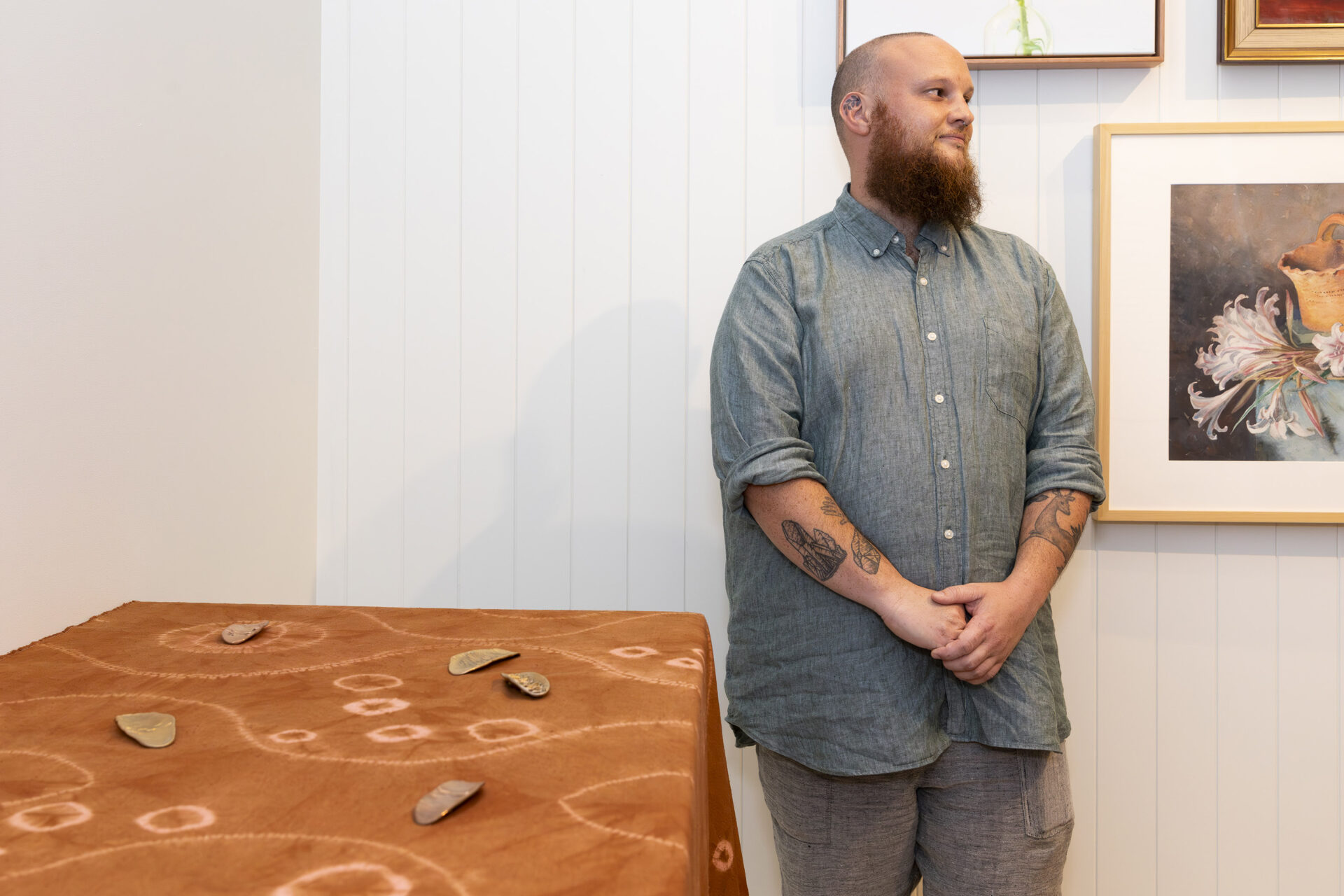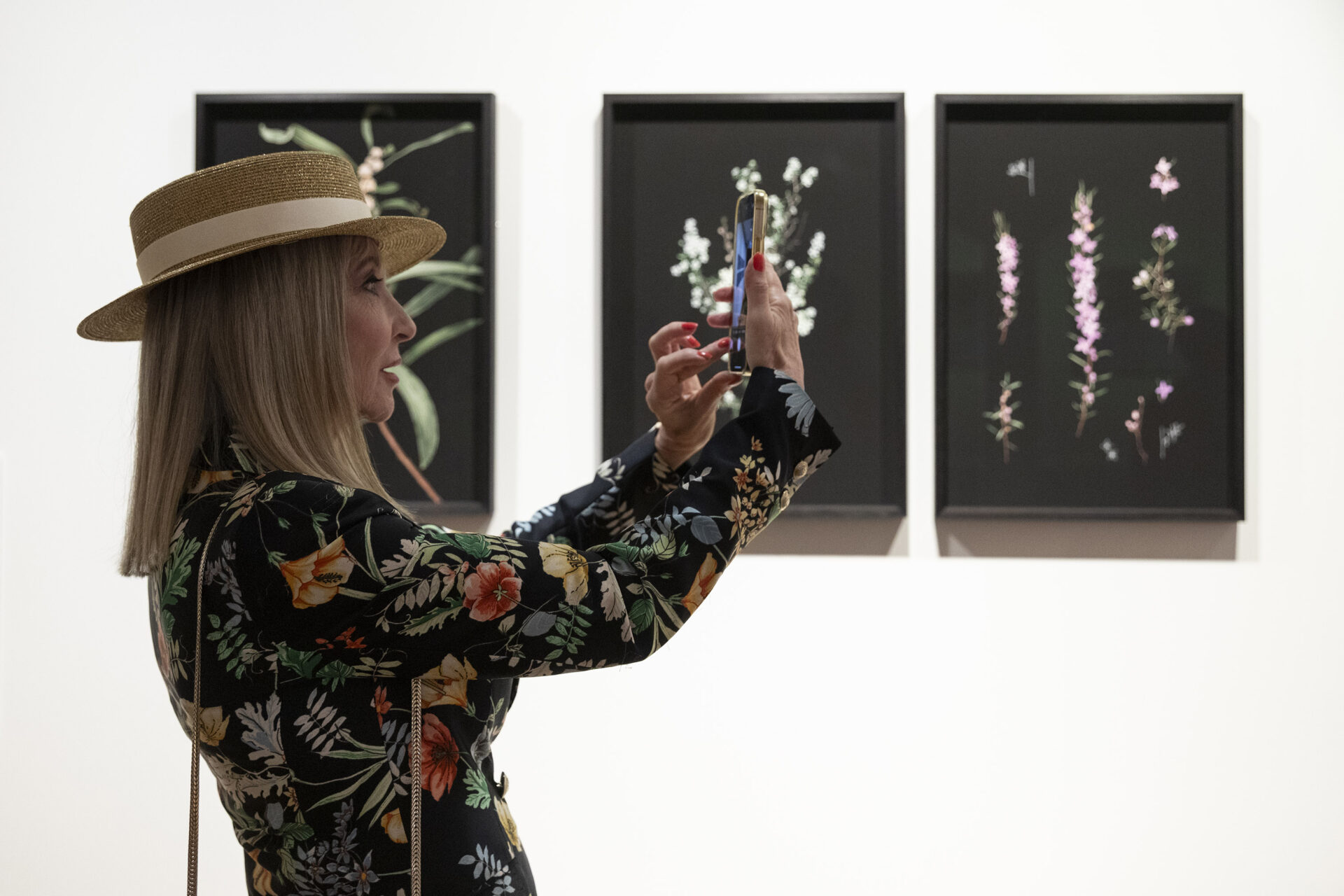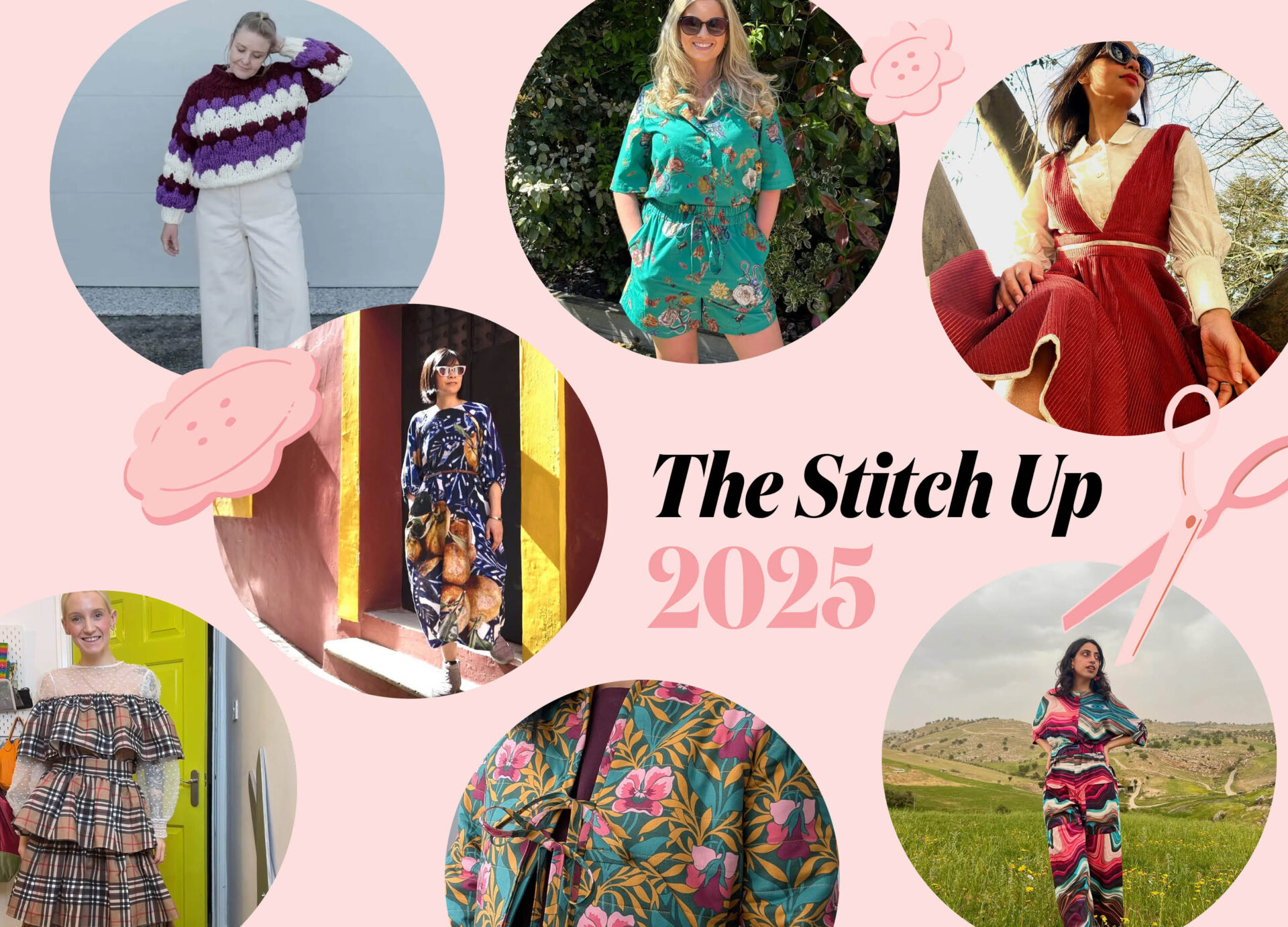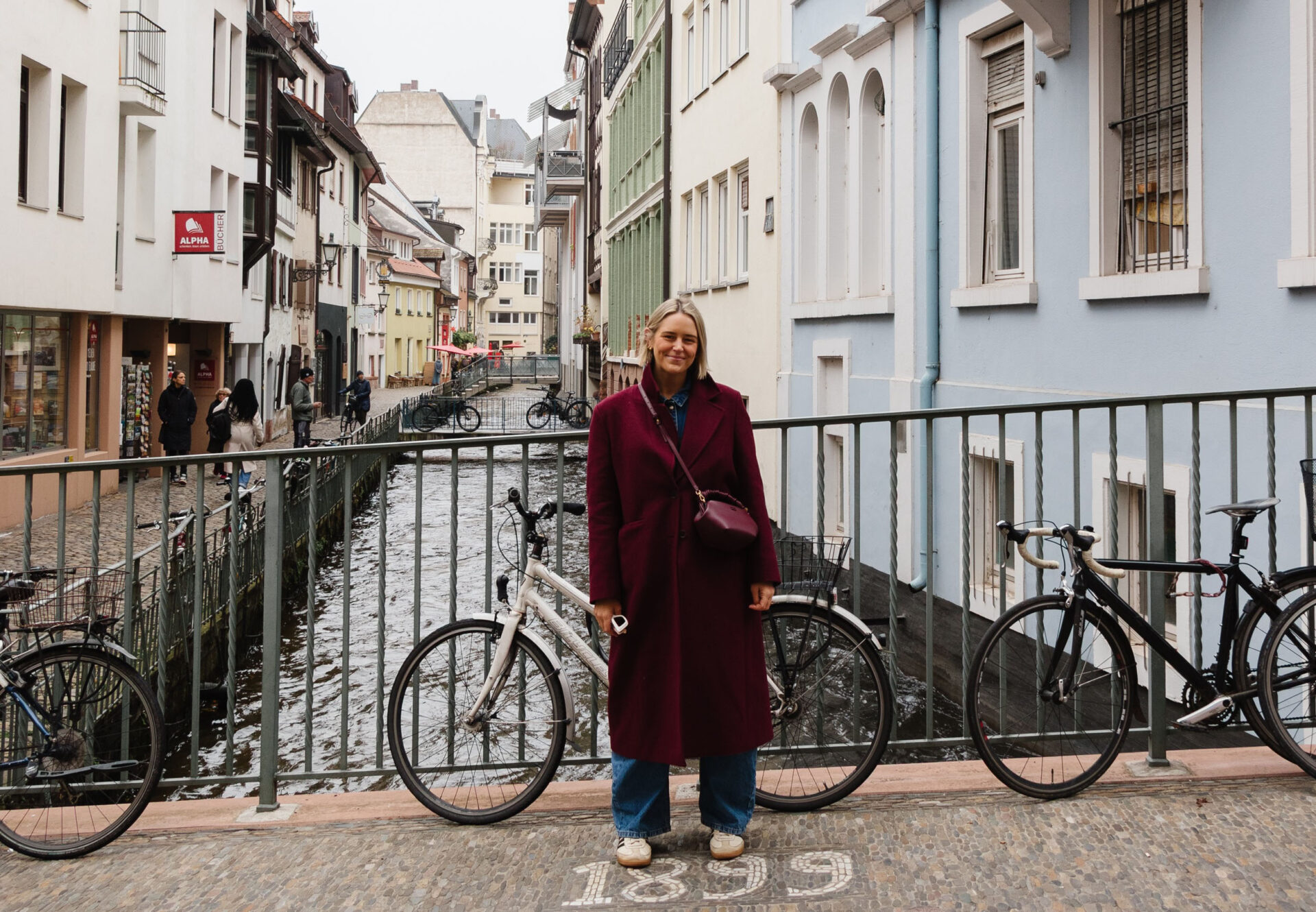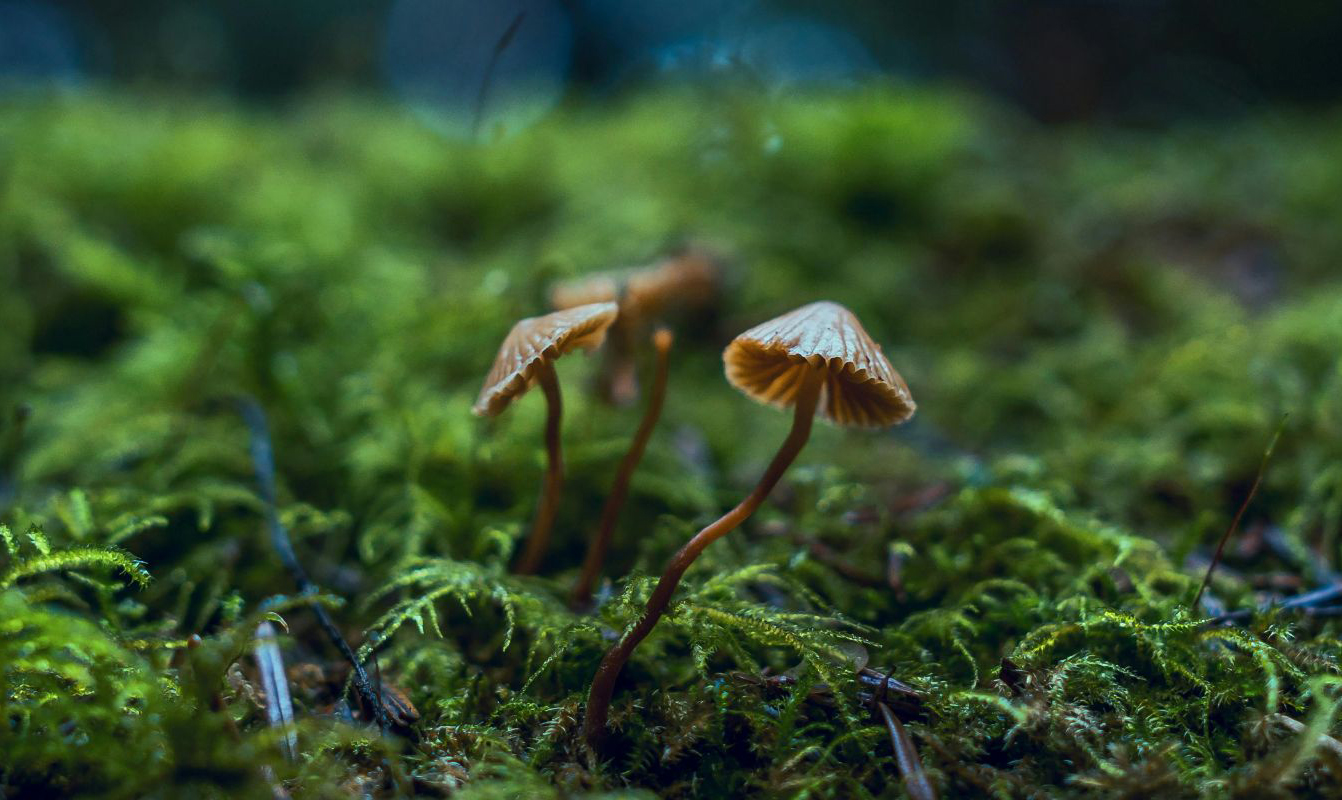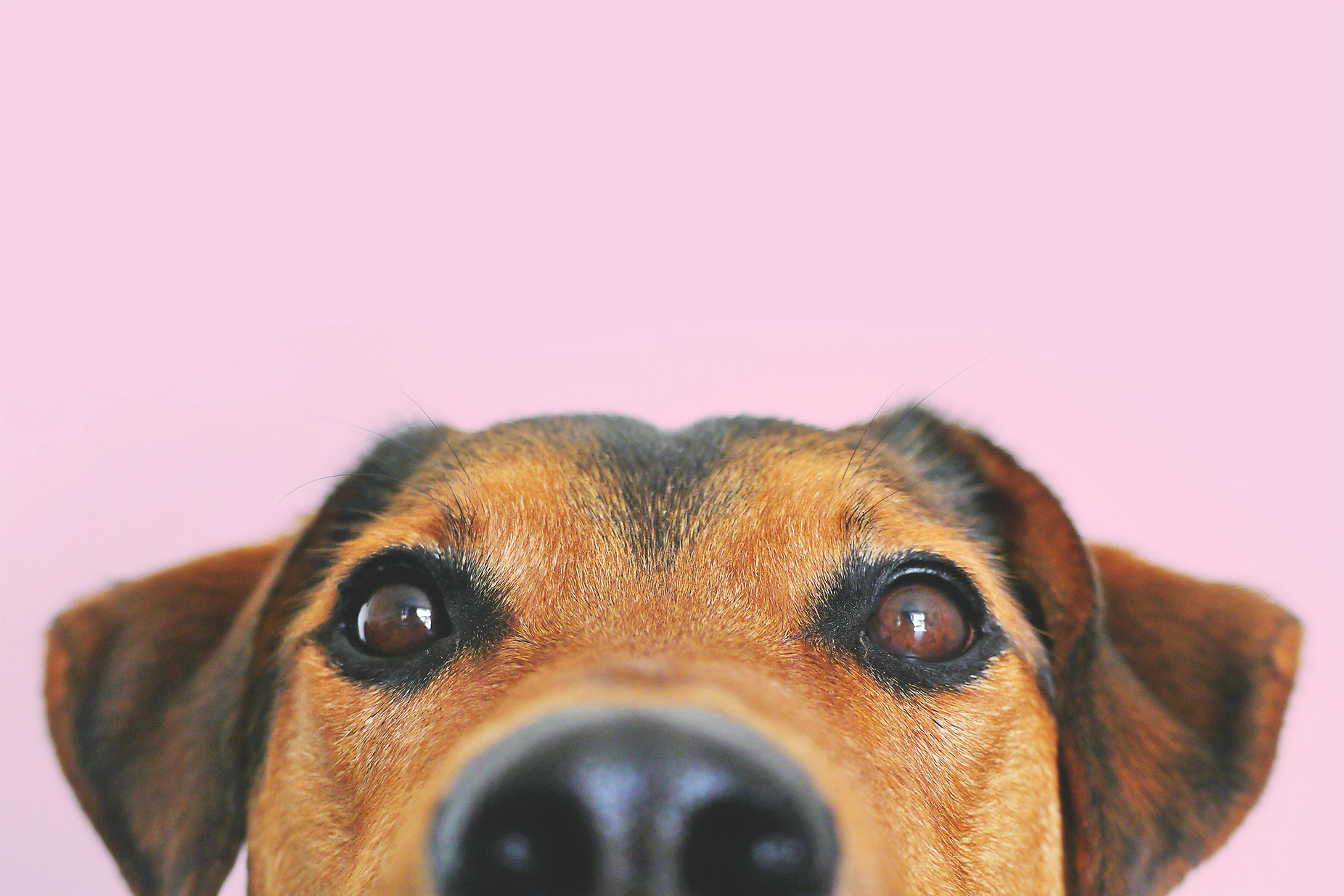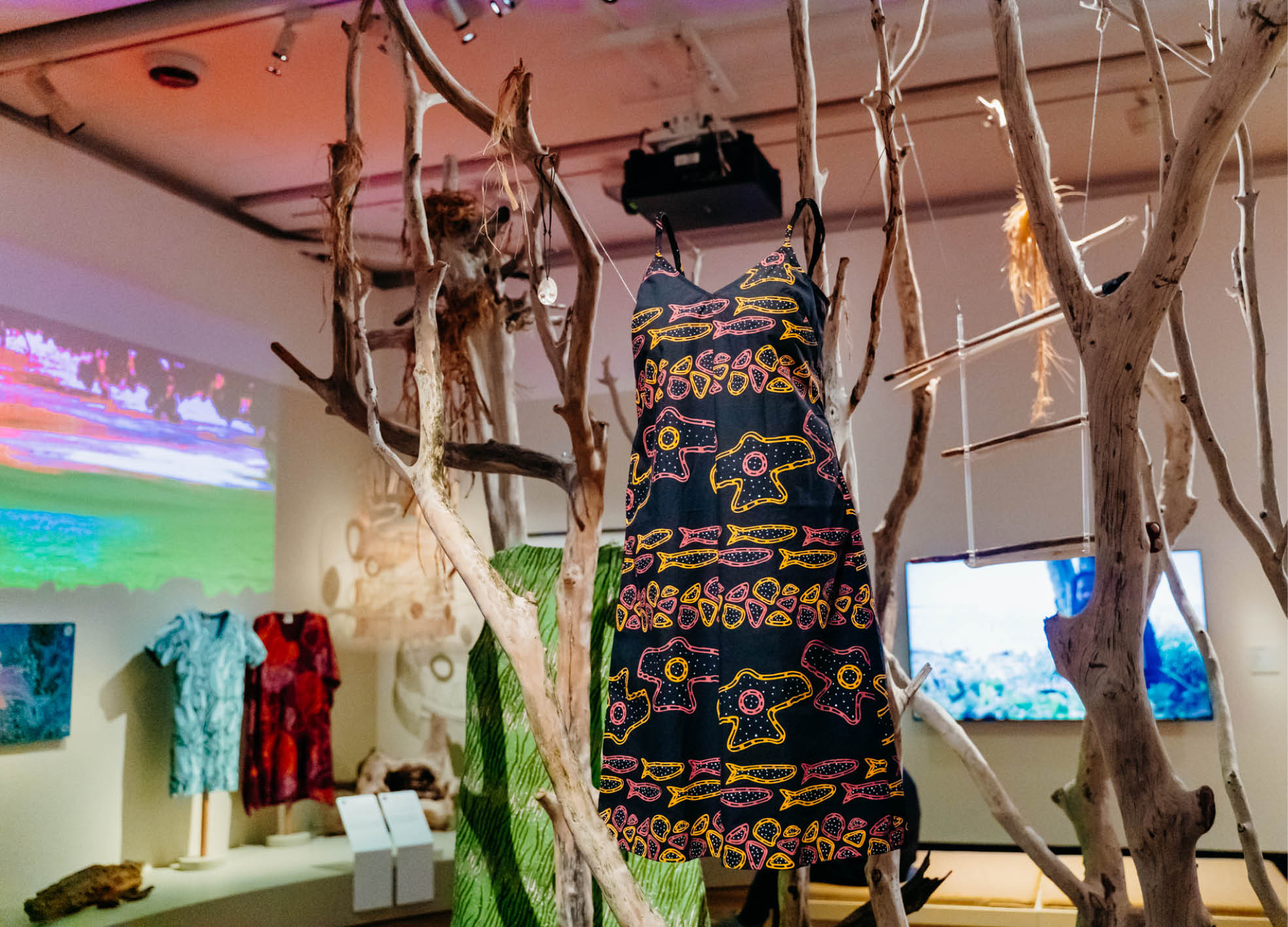Pick of the Bunch: Brisbane’s “Rearranged” Exhibition
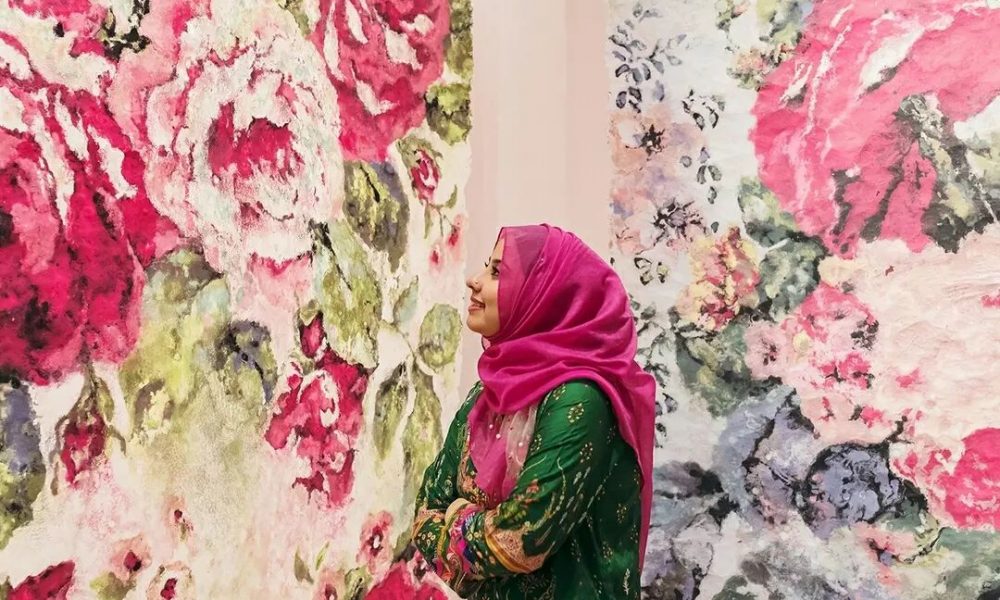
- Words by Peppermint
It appears the good folk at the Museum of Brisbane have gone wild for flowers. Case in point: the recent residency of Chantal Fraser that resulted in a blooming, creature-filled botanical installation. And Hiromi Tango, the latest Artist-in-Residence, who’s been working with crafty museum-goers to turn Adelaide Street Pavilion into a lush, bud-filled sanctuary.
Then there’s the museum’s major exhibition, Rearranged: Art of the Flower, which takes a fresh look at the flora of Meanjin/Brisbane. Held in an airy space reminiscent of an old Queenslander, Rearranged has the work of luminaries Margaret Olley, Vida Lahey and William Bustard sitting alongside contemporary talents, such as Monica Rohan and Ashlee Becks.
Notions of comfort and cosiness, the everyday and the unobtainable run throughout, from the quiet still lifes of John Honeywill to the metres-long floral lounge-inspired works of Karen Stone. Michael Zavros and Judith Sinnamon explore the seductive beauty of invasive weeds, while multidisciplinary artist Elisa Jane Carmichael explores the ancestral memories imbued in the wildflowers of Quandamooka Country.
Here, we catch up with two of the featured talents – Norton Fredericks and Edith Rewa – to get their take on art’s most enduring motif and the Rearranged pieces they covet most.
above WORK BY KAREN STONE, PHOTOS BY KATIE BENNETT
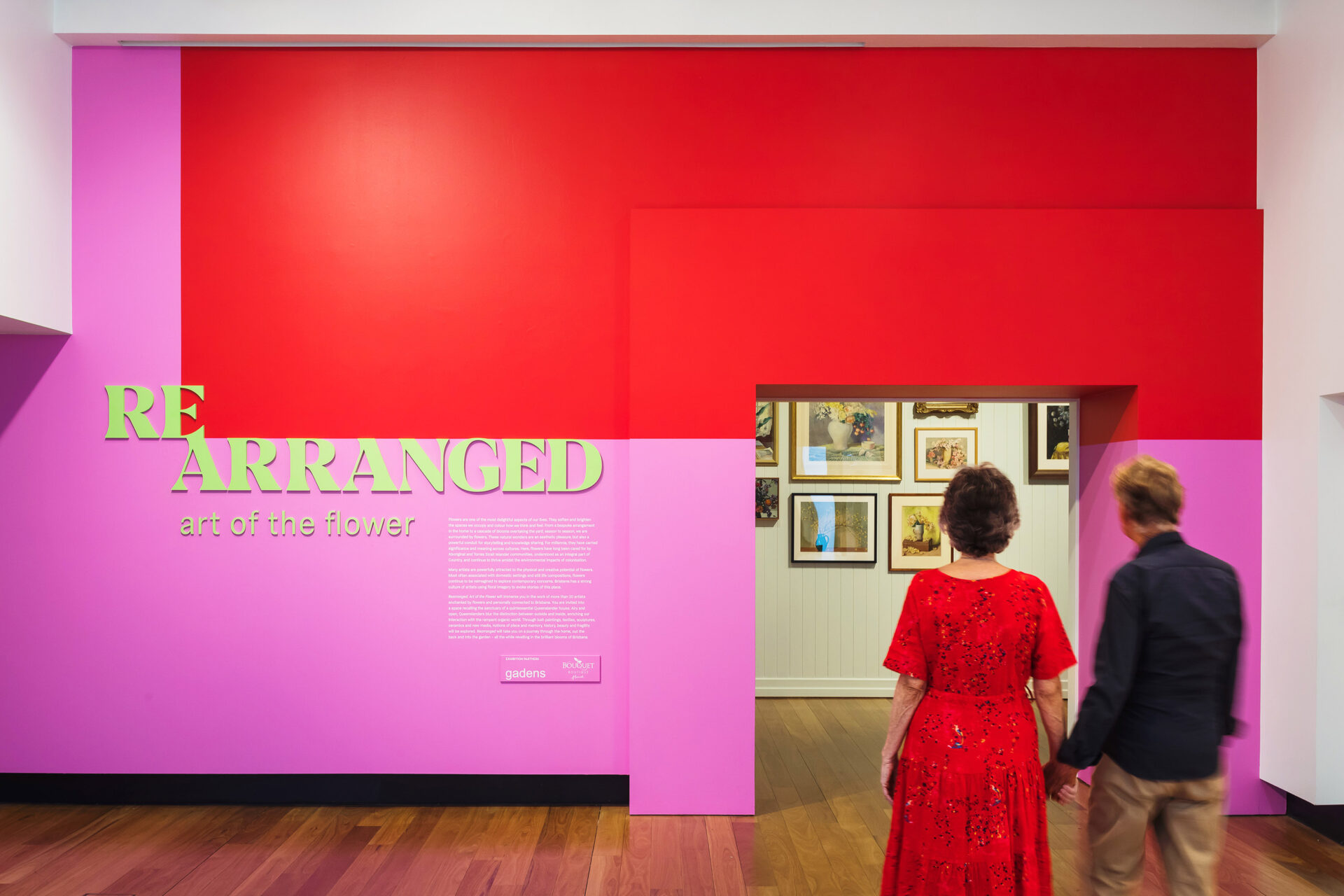
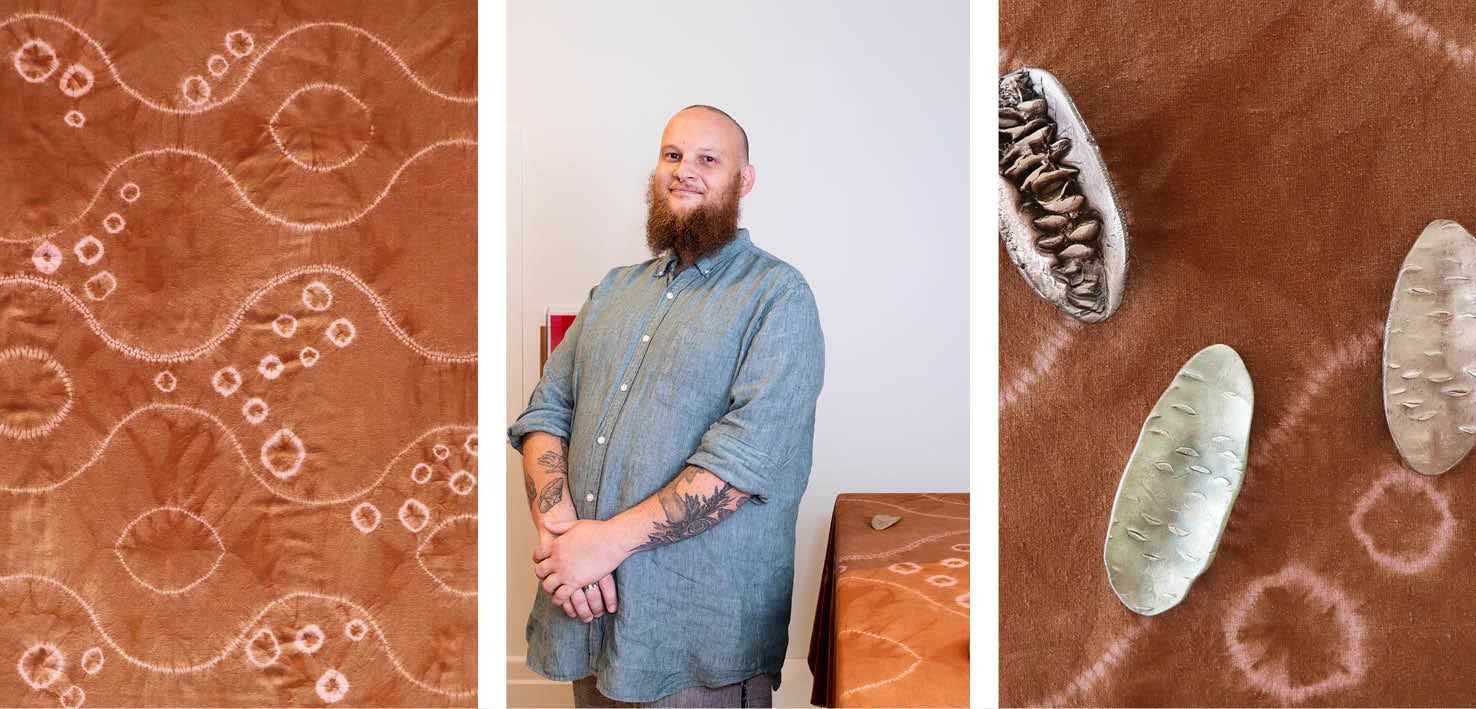
NORTON FREDERICKS / RETRITUS
Tell us about yourself!
I am a queer visual artist with mixed European and Murri ancestry, who lives and works on Kombumerri Country/Gold Coast. I predominantly work with fibre, textiles, botanical dyes and bronze. My work is at the intersection of science and art, exploring the dialogue between environmental sustainability, queer ecologies and First Nations’ knowledges.
Now tell us about the garden of your wildest dreams. What grows there?
It would be full of endemic native plants and grasses. My house backs onto a river, so I’d love to restore the aquatic plants there as well.
Can you walk us through the work you created for Rearranged?
Banksia is created with silk, bronze and botanical dyes, using stitched shibori techniques and cast-bronze banksia seed pods. It considers the afterlife and the life cycle of flowers, focusing on the banksia seed pod as a beautiful, useful tool and as a knowledge-holder, as plants store memory for future generations in their seeds.
Flowers are a great example of perfect design and plant intelligence.
As an artist, what is it that fascinates you about flowers?
What fascinates me most is how each plant has evolved over time to interact with the animals in their area. Flowers are a great example of perfect design and plant intelligence.
If you could take home one work from the exhibition (other than your own), which one would you choose?
I would love to hang Christopher Bassi’s work in my home; I love the nostalgia in his paintings. A Passing Storm reminds me of the pavement at the front of my nan’s house – when I saw it in the exhibition, I could smell the frangipani flowers wilting on the warm concrete.
Read More – Discover Brisbane’s “Inclusive, Genderless, Timeless” Creative Space
EDITH REWA
Tell us about yourself!
I like plants and patterns, and making patterns from plants! I’m a textile designer and illustrator, currently based in Meanjin. I split my time between client commissions – in publishing, conservation, stationery, fashion and design – and with exhibition work and my own scarf/artwork label, Edith Rewa.
Now tell us about the garden of your wildest dreams. What grows there?
Great question! I think it would be some sort of tessellated wonderland of coastal heath from south-east Queensland, New South Wales and Tasmania, with a subalpine section in there, too. A patchwork of native Australian garden bushland! Lots of epacris and tiny orchids, boronia, leptospermum [tea trees], flannels and auburn/copper grasses, with natural sandy spaces to lounge in and enjoy in between. Maybe it would be flanked with scribbly gums, olearias [daisy-bushes] and a few waratahs to keep awe levels up.
Chosen after many intimate moments and walks through the local reserve, these were the three plants that most spoke to me.
Can you walk us through the work you created for Rearranged?
The three plant portraits I created are species from Toohey Forest – bushland that’s surrounded by Brisbane suburbs on Turrbal and Yuggera Country. Chosen after many intimate moments and walks through the local reserve, these were the three plants that most spoke to me. I spent time researching, observing and getting to know each species before illustrating them in the bush and at my Annerley studio.
What are the three species you chose?
The Queensland hakea, Hakea benthamii, that reached above me for the sun; the tantoon, Leptospermum polygalifolium, that brushed my cheeks; and the forest boronia, Boronia rosmarinifolia, that made me stop, crouch down and admire its exquisite purple flowers. I placed the portraits in black-boxed worlds to let the plants’ individual personalities shine.
As an artist, what is it that fascinates you about flowers?
Almost everything! The diversity in colours, shapes, textures and scents, and the feelings of awe and wonder they bring up in me. The way they interact with the creatures and landscapes around them, their beauty, their clever adaptations and the way they make me stop and investigate or admire, capturing me completely.
If you could take home one work from the exhibition (other than your own), which one would you choose?
Sarah Rayner’s Flowerbones of Meanjin had me absolutely captivated. What a treat it would be to gaze at and admire them every day.
Rearranged: Art of the Flower runs until 29 September 2024 at the Museum of Brisbane (Level 3, City Hall, 64 Adelaide Street, Brisbane City); entry is free.
JOIN OUR MAILING LIST
Brighten up your inbox with our not-too-frequent emails featuring Peppermint-related news, events, competitions and more!
explore
More articles
It’s beginning to look a lot like Christmas…. Which means we are officially entering party season. Work parties, friend-dos, family get-togethers and then we’re straight into New Year festivities. If you’re lucky enough, you might be staring down the barrel…
Look, I don’t want to make anyone panic but IT’S DECEMBER!!! If you’re planning to give homemade gifts, you’re going to have to act fast. …
Furred, feathered, fishy, scaled… The pets we choose are as diverse as our personalities. (And apparently, quite often we resemble each other.) But they all…
When you hang a painting on a wall, the story stays put. But when you wear a beautifully made garment that may as well be…
Hang out with us on Instagram
Any New Year’s resolutions on your list? We love this from @OtterBeeStitching - “be brave enough to suck at something new”.
There’s no points for perfection, but you’ll get a trophy for trying. If nothing else this year, take the leap and try something new.
#OtterBeeStitching #Embroidery #BeBrave #TrySomethingNew #EmbroideryArt

Sunday serving suggestion ☀️
Gorgeous photos from @JolieFemmeStore - who make sweet garments from vintage bedsheets.
#PeppermintMagazine #SlowSunday #SwitchOff #Unplug #ReadAMagazine

A toast to the old you 🥂
We wholeheartedly love this post from the brilliant @EmilyOnLife:
“2026: Reinvent, burn it down, let it go (whatever it is). Year of the Snake it up. Exercise your boundaries, exercise your body, take one teeny step every day towards a life that feels better to be in.
But don’t you dare shit on your old self while you do it.
Hold yourself with reverence and tenderness and respect, because you got you this far. You did your very best with the information and tools you had at the time. You scraped yourself together, you made it work, you survived what felt impossible to survive: again and again and again.
You are perpetually in the process of becoming, whether you can feel it or not, whether or not you add it to your 2026 to-do list.“

Some very wise words from @Damon.Gameau to take us into 2026 🙌🏼

⭐️ We made it!!! ⭐️
Happy New Year, friends. To those who smashed their goals and achieved their dreams, and to those who are crawling over the finish line hoping to never speak of this year again (and everyone else in between): we made it. However you got here is enough. Be proud.
It’s been a tough year for many of us in small business, so here’s to a better year in 2026. We’re forever grateful for all your support and are jumping for joy to still be here bringing you creativity, kindness and community.
We’re also excited to be leaping into the NY with our special release sewing pattern – the Waratah Wrap Dress!
How great are our fabulous models: @Melt.Stitches, @KatieMakesADress and @Tricky.Pockets - and also our incredible Sewing Manager @Laura_The_Maker! 🙌🏼
Ok 2026: let’s do this. 💪🏼
#PeppermintWaratahWrapDress #PeppermintPatterns #SewingPattern #MeMade #WrapDress #WrapDressPattern

Putting together our annual Stitch Up brings on all the feels! We feel humbled that you’ve chosen to sew Peppermint patterns, we feel inspired by the versions you’ve created and we feel proud of you.
Where to begin?! As always, there has been a plethora of Peppermint patterns flooding our feeds this year, and we wish we could showcase more than just a handful of magnificent makes from you, our clever community. We encourage you to flip through the me-made items in your wardrobe or scroll through your grid and remind yourself of the beauty you’ve created with your own two hands (and maybe a seam ripper and some choice words). Congratulations to all of us for our creative achievements this year!
We’ve put together some (but absolutely not all) of our favourites from 2025 over on our website. We hope it inspires your next make!
🪡 Link in bio 🪡
Pictured: @FrocksAndFrouFrou @MazzlesMakes @KatieMakesADress @_Marueli_ @IUsedToBeACurtain @Nanalevine.Couture @PiperInFullColour @MadeByMeJessieB @SarahMalkawi @Made.By.Little.Mama
#PeppermintPatterns #SewingPatterns #MeMade #MeMadeEveryday

